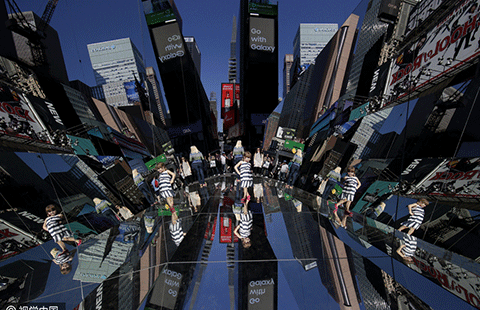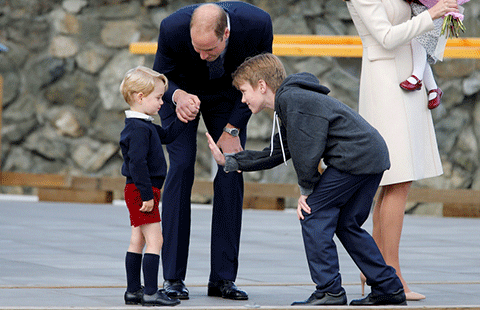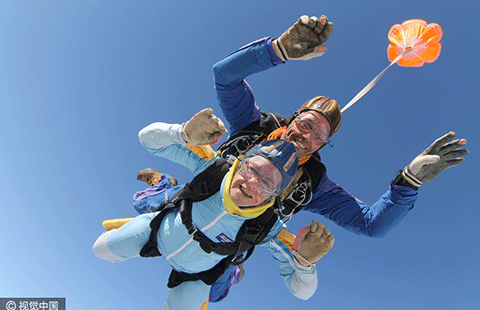Who made terracotta warriors? Read the signature
The best thing about science is that it's all about solving mysteries.
A new one comes from the world of archaeology and it's already making headlines around the world.

Evidence suggests Xi'an's fabulous 8,000-man, 300 BC terracotta army may have been influenced by ancient Greek sculptures, the headlines read.
"The figures' startlingly lifelike appearance could have been influenced by the arrival in China of ancient Greek sculptures," the Guardian reported. Greek sculptors themselves may have made their way to teach their techniques, one of the researchers suggested.
The scientist cited DNA evidence that Europeans were mingling genes in Xinjiang in the second century BC, when the Silk Road officially opened (1,500 years before Marco Polo hit it), so the time frame can be nailed down.
Li Xiuzhen, an archaeologist at the Xi'an site, said, "We now think the Terracotta Army, the acrobats and the bronze sculptures found on the site have been inspired by ancient Greek sculptures and art."
There's apparently no prior tradition of Chinese artisans making life-sized human figures, but new ancient artifacts are turning up in China all the time — and remember archaeology's cardinal rule: Absence of evidence is not evidence of absence.
Professor Lukas Nickel, chair of Asian art history at the University of Vienna, told Fox News that "the massive employment of sculpture in the mausoleum is totally unprecedented in the Chinese tradition" making it "likely that the skills necessary came not from China but from the outside".
Nickel also had some written evidence in the form of a record written about 100 years after the death of Emperor Qin, the ruler the 8,000-man terracotta army was crafted over four decades to protect.
"It states that the first sculptures the emperor made were intentional copies of other figures the Chinese had found at the Western end of the Chinese world," he said.
A few days after the article went viral, Li Xiuzhen refuted the report, saying her remarks had been taken out of context and clarified to Xinhua.
"I think the terracotta warriors may be inspired by Western culture," she said, "but were uniquely made by the Chinese."




























